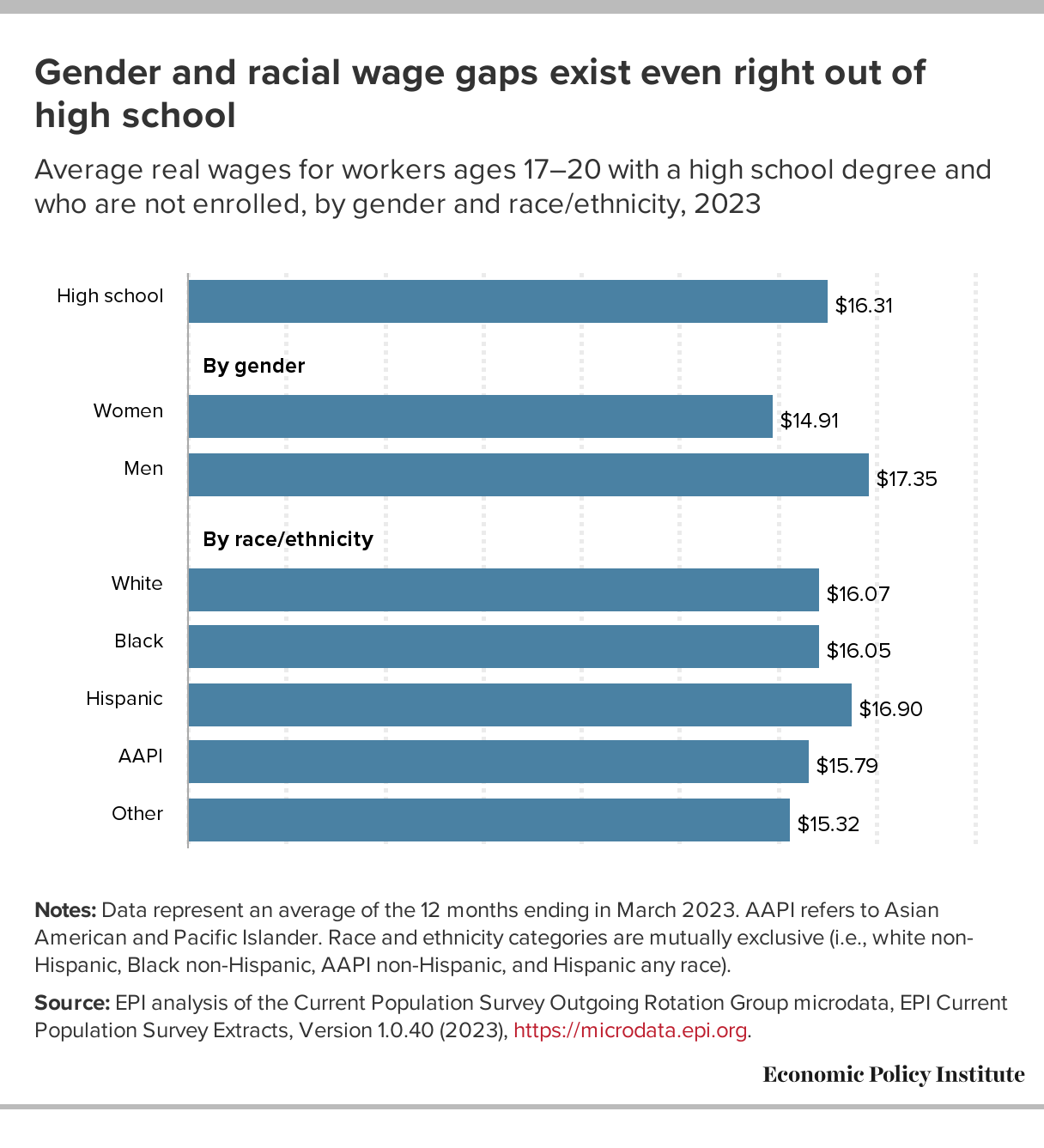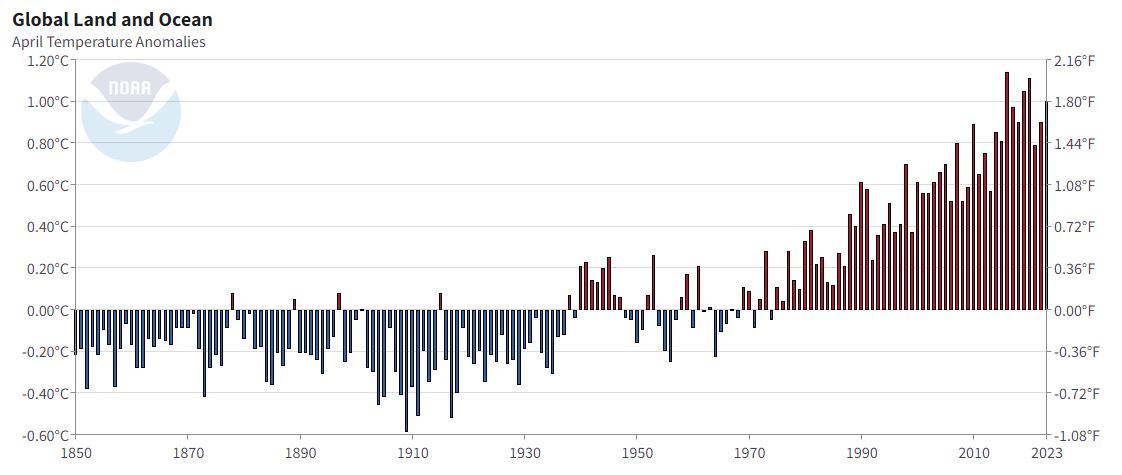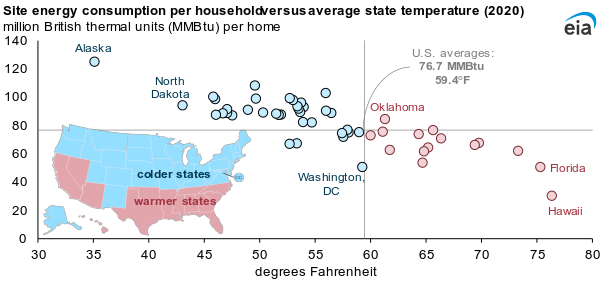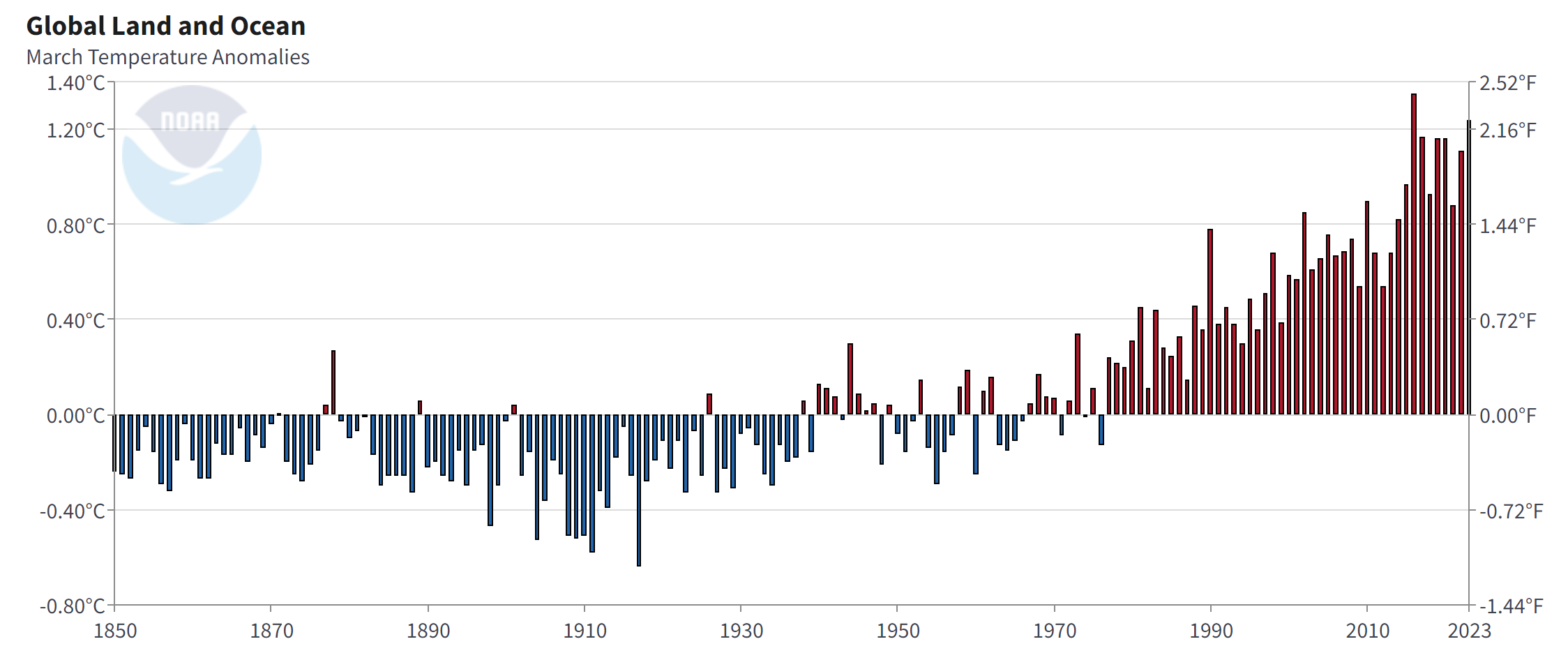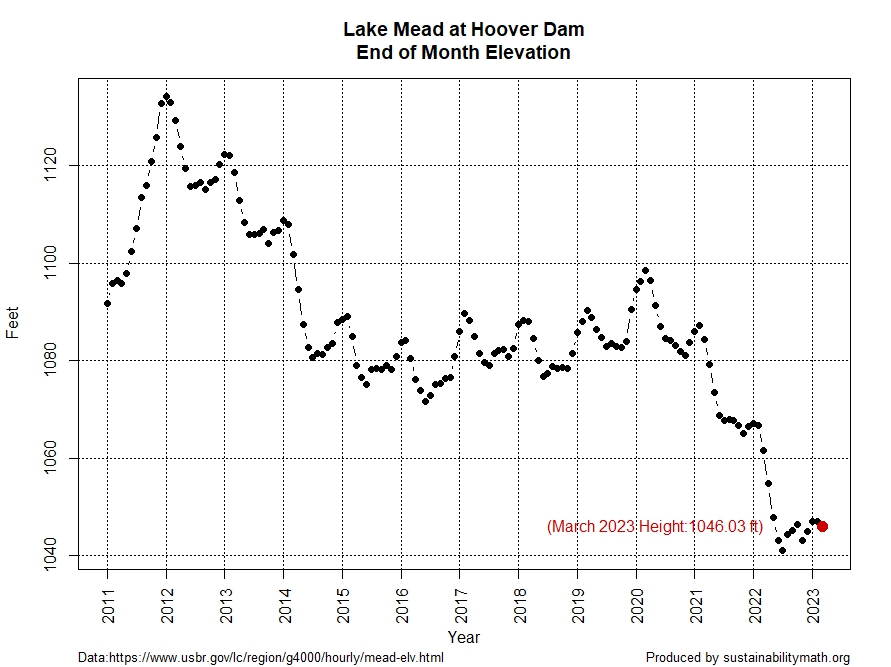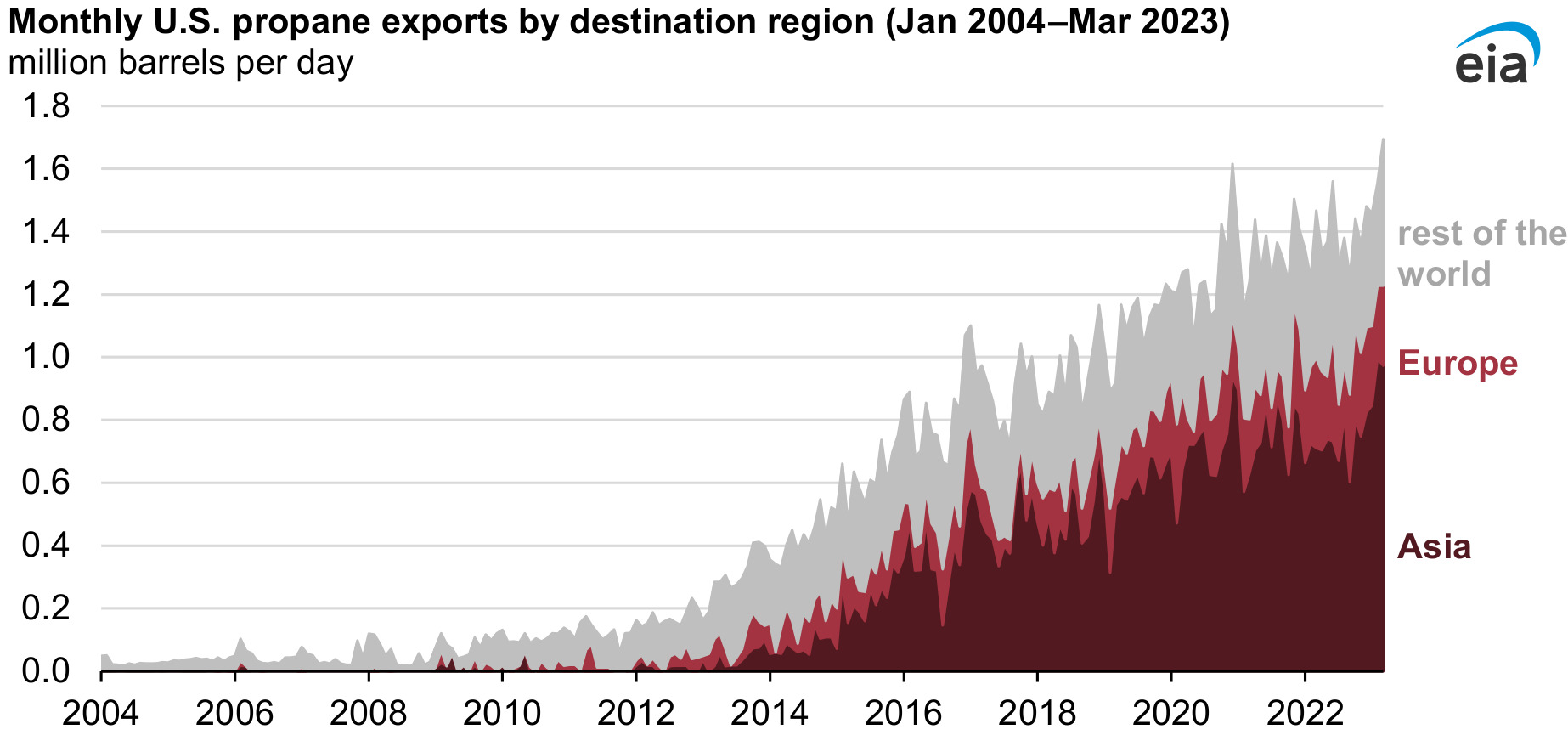 From the eia article Monthly U.S. propane exports in March 2023 reached a record high by Josh Eiermann (6/6/2023)
From the eia article Monthly U.S. propane exports in March 2023 reached a record high by Josh Eiermann (6/6/2023)
U.S. propane exports reached a record 1.7 million barrels per day (b/d) in March 2023, the highest level since we began collecting this data in 1973. Propane is consumed globally for space heating and is used as a petrochemical feedstock.
The graph shows a noticeable increase to Asia. Why?
U.S. propane exports to Asia have increased rapidly in recent years, driven in part by the region’s increasing demand for propylene, a chemical that can be produced from propane. Propylene is used to manufacture polypropylene, a versatile plastic with many uses, including in car interiors, packaging, and personal protective equipment.
There is one other graph and links to data.
